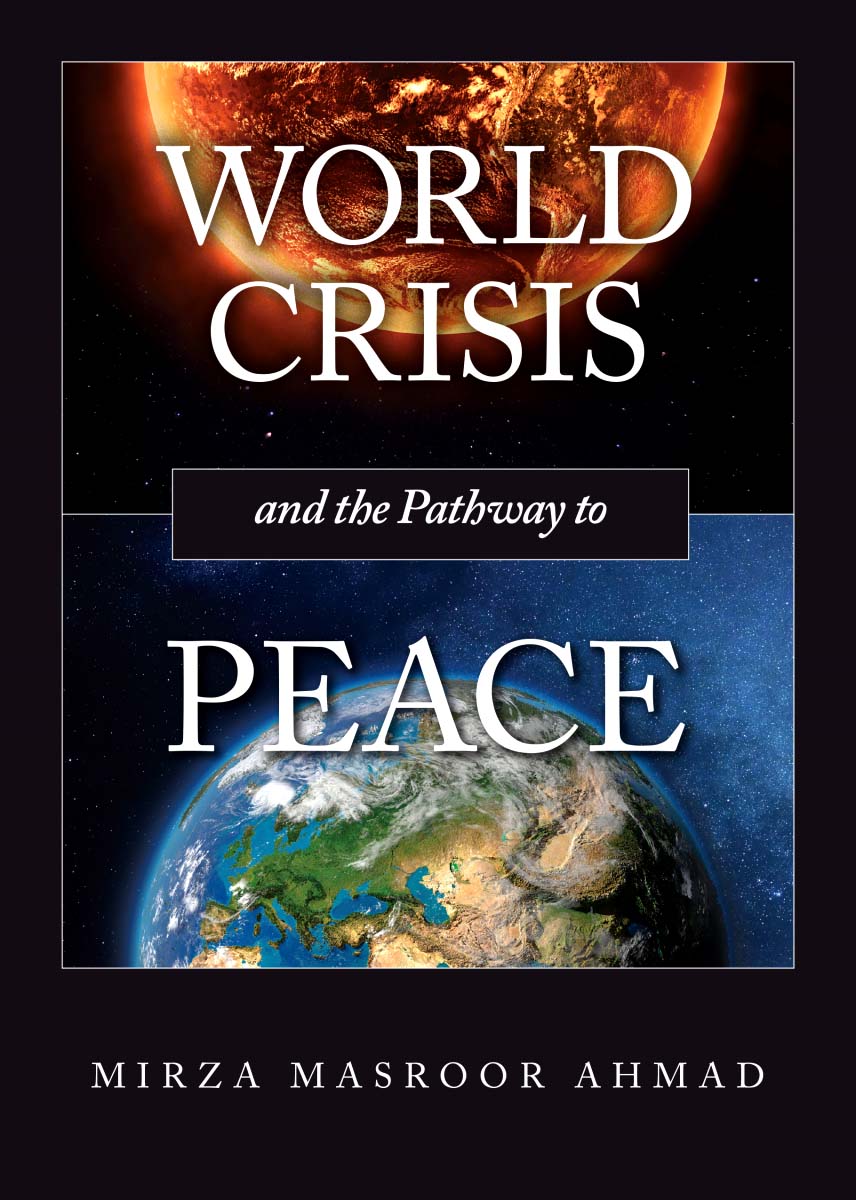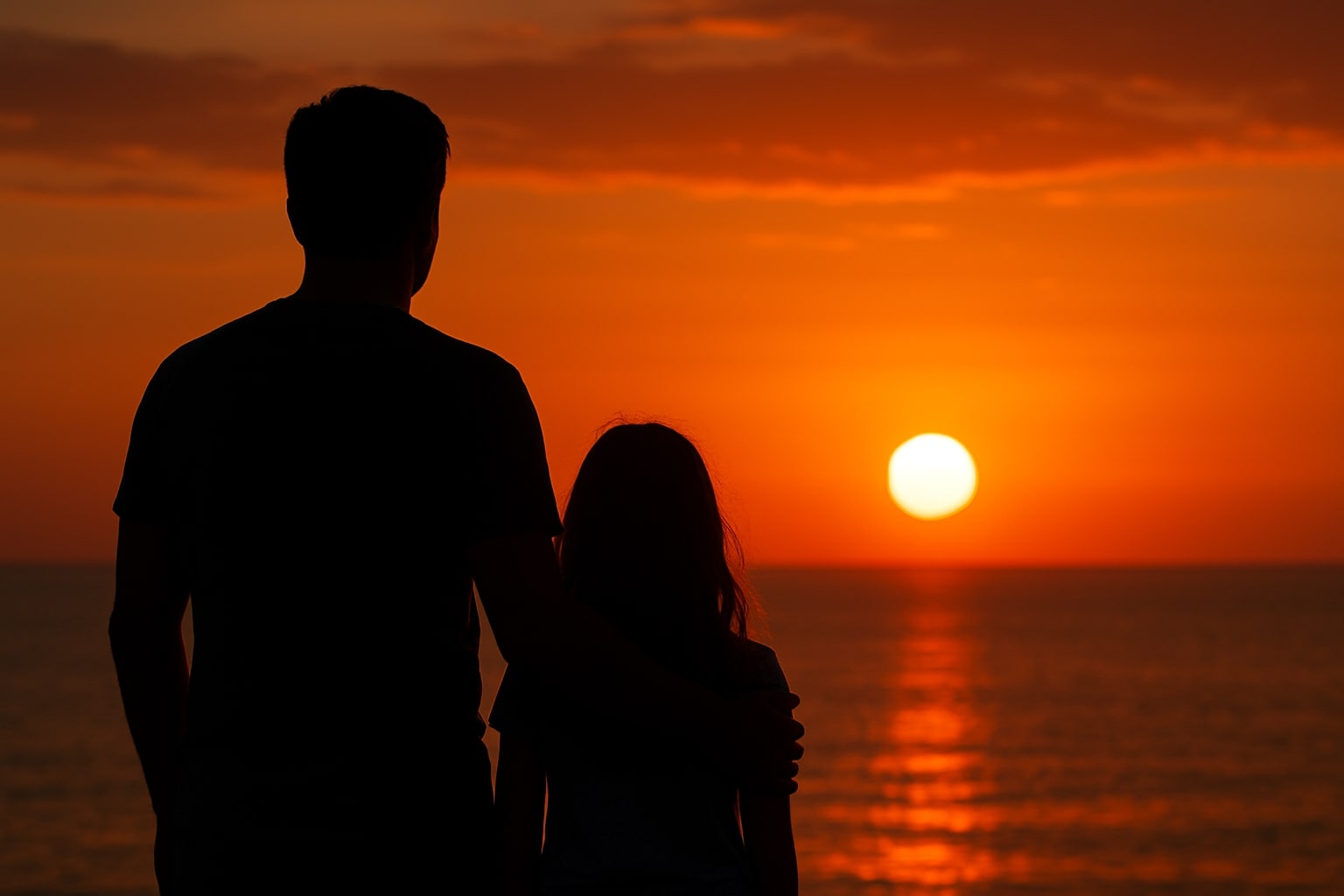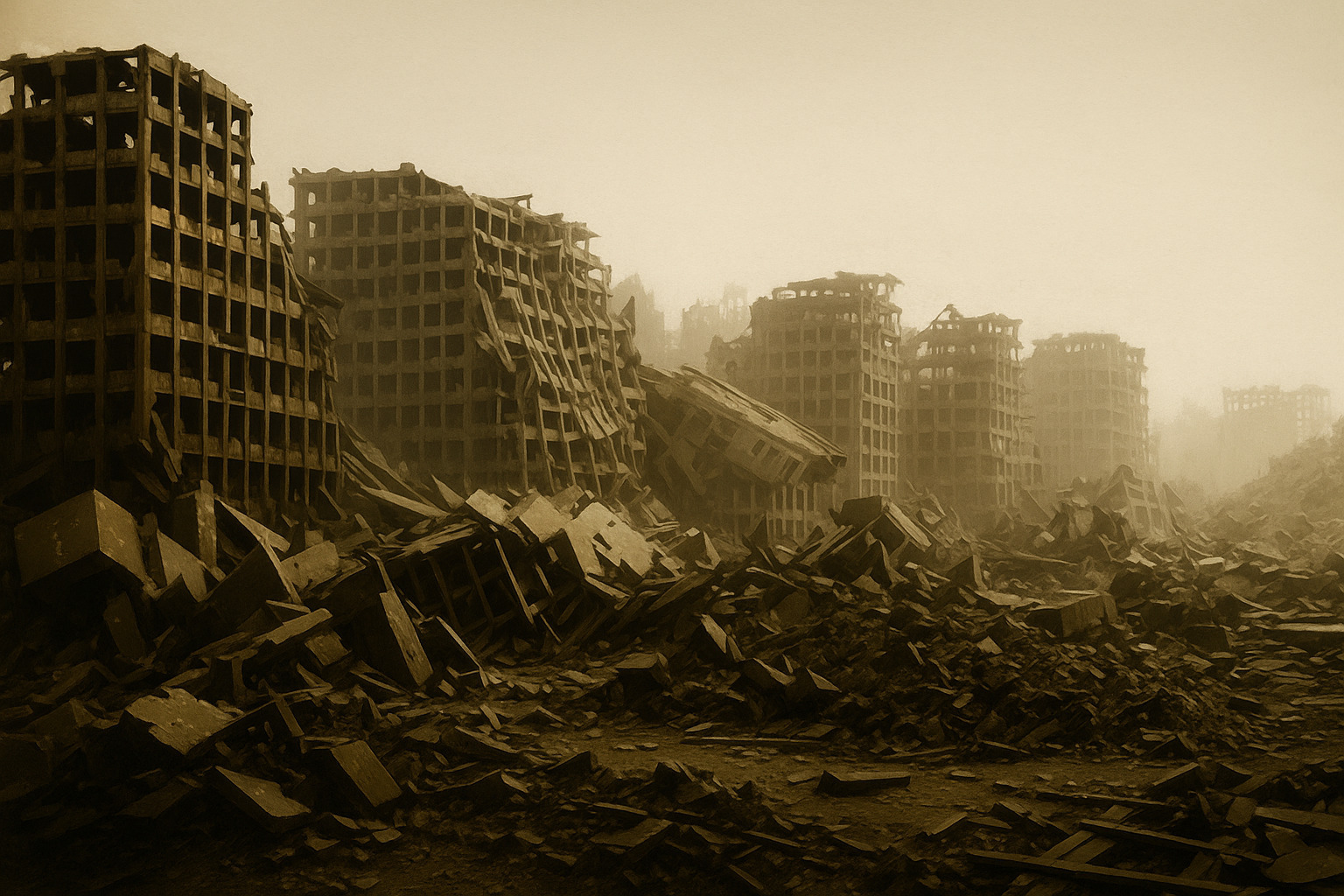While wars unfold with tragic consequences, extending beyond physical devastation and loss of lives, their enduring impact resonates deeply, leaving a lasting imprint on individuals for years to come.
SAMAR HAFEEZ, BANGALORE
DECEMBER 21, 2023
The word ‘war’ sparks a sense of anxiety, fear, sadness, and uncertainty in anyone who hears it. Although a war situation is distressing to all age groups, children however are the most vulnerable and susceptible as they are exposed to the most horrifying and unbelievable events that leave a scar on their mental, emotional and physical health, thereby retarding their ability to grow psychologically and emotionally.
Children who live in war zones do not lead a life of normalcy. For example, going to school, playing with friends, eating, or sleeping well without any fear or hindrance are a dream to them. Instead, they live in a constant state of insecurity, uncertainty and starvation (physical and emotional). Every day is a tragedy, watching their friends, family members, and neighbours getting injured or killed. Death and trauma engulf their everyday life.
Perpetual war, shock and uncertainty put children in a state of toxic stress. The damage done by war-related traumatic events can rarely be undone especially in children. Early recognition and interventions are crucial or else these children can learn disruptive ways of behaving and relating with themselves and others around them.
Some of the most common mental and emotional health issues faced by such children are discussed below:
Post-traumatic stress disorder (PTSD)
This is a stress-related disorder that occurs when someone is exposed to a life-threatening event or a traumatic event such as a natural disaster, a terrorist attack, an automobile accident, abuse or, in this case, war or severe armed conflict and forced migration. PTSD can develop at any age irrespective of gender, ethnicity, culture and nationality. In children, PTSD develops when the trauma surpasses a child’s ability to cope.
Several reasons that contribute to the development of PTSD include the severity of the trauma, prolonged exposure to traumatic events, past history of trauma, how quickly someone receives mental and emotional intervention, aid or support, and pre-existing mental health concerns such as anxiety and depression.
Signs and symptoms: Signs and symptoms of PTSD in kids include distressing thoughts regarding traumatic events, flashbacks (bad memories) that make one feel as if the trauma is still happening (reliving the bitter experience), avoiding things, people or instances that remind them of the trauma, being more easily startled, scared or anxious, nightmares, sleep disturbances, feeling sad, low energy levels, being angry and moody, being socially withdrawn, inability to enjoy things that they used to enjoy, and inability to remember some eventful parts of the traumatic experience.
When these symptoms occur in the first few days or weeks after exposure to traumatic events, it may be called an acute stress disorder (ASD). Psychologists and psychiatrists diagnose PTSD when symptoms last longer than a month.
Treatment and intervention: Treatment options for kids with PTSD can be a combination of therapy and medications to treat symptoms. The therapy is called trauma-focused cognitive behavioural therapy (TF-CBT), a process that includes talking and learning activities such as playing, drawing, painting and storytelling. The sessions are guided by a paediatric mental health therapist alongside a parent or a caregiver. The presence of a caregiver is of vital importance as their support and care accelerate the child’s growth and improvement.
Early intervention leads to quicker recovery, and it also prevents children from developing C-PTSD, a complex form of PTSD, which usually occurs in the context of continued traumas wherein the child has little or no chance of escape.
Childhood depression
Depression is a mood disorder that affects the emotional state of a child. Being in a sad or bad mood is not unusual for kids. However, it becomes a matter of concern if this sadness and bad mood lasts for weeks or months with other negative changes in the child’s behaviour.
Among other reasons, the factors causing depression include sudden and drastic changes in the environment, highly unpredictable stressful events, personal loss of loved ones or belongings, encountering violent behaviours, and witnessing or experiencing abuse, all of which are common concomitants of war.
Symptoms: Depressive symptoms may appear in children as young as three or four years old. Such kids may exhibit persistent feelings of hopelessness and sadness. Similarly, other common symptoms include being lonely or unhappy, crying easily, getting irritated, showing tantrums (angry and aggressive outbursts) more often, poor appetite and sleep disturbances, emotional numbing or lack of energy or effort, social withdrawal, being self-critical, low self-esteem, lack of motivation to pursue pleasurable activities, pseudo aches and pains, and thoughts of suicide and self-harm.
Screening and treatment: Children aged 6 to 12 years can be screened for emotional and behavioural problems by parents or therapists using the paediatric symptom checklist. Direct interviews including open-ended questions in older kids, and observation of parent-child interactions and play in very young children and infants can be extremely informative and helpful. Cognitive behavioural therapy (CBT) has also shown good results in treating childhood depression.
Anxiety
Anxiety is a feeling of worry, fear and unease about something that is unknown or uncertain. Children living in conflict zones are always uncertain about their day-to-day survival and future. As a result, they constantly remain stressed and emotionally drained. Seeing the disturbance and destruction caused by shelling keeps kids in a state of anxiety, uncertainty and insecurity. They also pick up or learn anxious behaviours from their surroundings.
Several difficult situations that a war might create are too difficult for kids to cope with, hence building a breeding ground for anxiety. These may include traumatic or distressing situations, displacements and frequent moving from one place to another, anxious parents, peers or teachers, uncertainty and lack of security, witnessing violence, and the death of loved ones.
Signs of anxiety in children: Inability to concentrate or focus, irritability, tearful and clingy behaviour, frequent anger outbursts, feeling tense or on edge, frequent toilet use, sleep disturbances, frequent waking during the night, bedwetting, jumpiness or hyper-reactivity, avoidance of certain situations, and harbouring a lot of negative thoughts or assuming something bad is going to happen.
Screening and treatment: Children’s anxiety checklists can be downloaded online, but it is always better to let a mental health specialist administer them. Medications and therapy can offer help and relief, along with mindfulness meditations.
What can parents and carers do to help?
Educating oneself on common mental health issues in children and helping kids recognise early signs and symptoms is crucial.
Building a supportive, understanding, and encouraging environment for children allows them to openly discuss and confide in caregivers. Kindness and patience, devoid of judgments, are essential in fostering this environment. Enhancing listening skills by becoming an active listener is key.
Reassuring the child and instilling confidence and trust are vital aspects of supporting their mental health. Communicating that it is okay not to be okay and assuring them that everything will be alright is important.
Being physically and emotionally available is what a child expects most dearly, and spending quality time indoors or outdoors every day is beneficial. Taking care of one’s mental and emotional health is not only important for the elders but also serves as a model for the child. Simple relaxation techniques like belly breathing and mindfulness can be practised by both caregivers and children.
Distraction is a helpful tool, and organising useful and fun activities for children can help divert their minds from ongoing changes. Avoiding discussions about traumatic instances and refraining from using profanity in front of children is important for maintaining a positive environment. Instead of directly asking them about traumatic events, allowing children to speak when they are ready is a more sensitive approach.
Reading inspiring stories and fables can positively influence a child’s mindset. Ensuring that the child gets plenty of sleep and well-balanced meals is essential for overall well-being. Setting up visits to a doctor’s office (online or offline) and a child therapist/psychologist, and accompanying the child to their sessions, is crucial. Child therapists conduct in-depth screenings, interviews, and listening sessions to help caregivers understand how therapy can benefit the child.
Considering pediatric rehabilitation if suggested is also a valuable step in supporting a child’s mental health.
Furthermore, seeking help and guidance in prayers and spirituality is an integral part of supporting a child’s mental health. Engaging in spiritual practices can provide solace, strength, and enhance resilience.
Conclusion
Children grappling with mental health challenges such as depression, anxiety, and post-traumatic stress disorder (PTSD) face an increased vulnerability to substance abuse and suicidal thoughts. However, swift and timely intervention holds the potential to be a catalyst for prevention and the cultivation of a healthier life. In the face of war scenarios, while these conditions can intensify, it is crucial to recognise that dedicated support, understanding, and timely assistance can pave the way for renewed hope, improved health, and a brighter future for these children.
The author is a clinical psychologist and a certified holistic health coach.













0 Comments